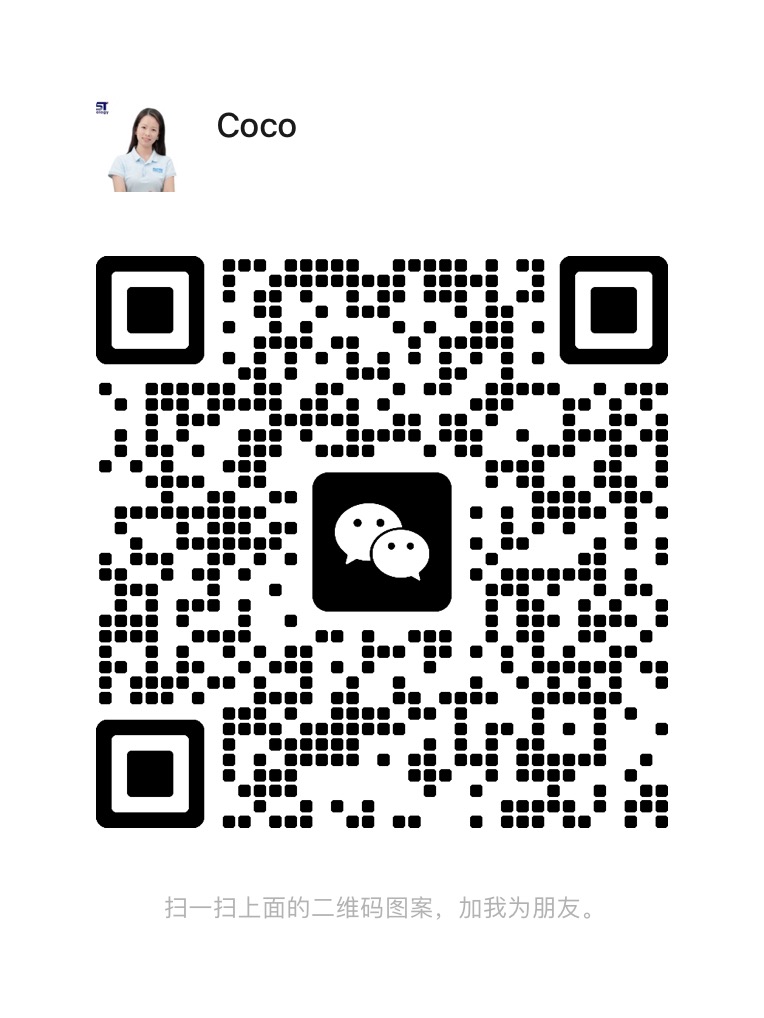FAQs about Thick Film Ceramic PCB
1. What is the standard thickness of a thick film ceramic board?
0.635mm
2. What is the common name for the solder mask used in thick film ceramic boards? What are the colors?
It is called glass glaze, available in greenish-blue or blue.
3. Can thick film ceramic boards be screen printed?
Yes, but it's rarely done because the process is complex.
4. What surface treatment is used on thick film ceramic boards?
No additional surface treatment is required.
5. How many types of base materials are commonly used for thick film ceramic boards? What are they?
Three types: Alumina (Al₂O₃), Aluminum Nitride (AlN), and Beryllium Oxide (BeO).
6. What are the color differences between the three base materials?
Alumina and Beryllium Oxide are white; Aluminum Nitride is gray.
7. What conductor pastes are commonly used in thick film ceramic boards?
AgPd (Silver-Palladium) and Au (Gold).
8. What are the typical conductor paste thicknesses?
AgPd: ≥10μm, Au: 3–7μm.
9. What is the working temperature range of thick film ceramic boards?
-55°C to 850°C
10. Can copper be used as a conductor in thick film ceramic boards?
No, copper cannot be used.
11. Are the circuits on thick film ceramic boards made using printing or etching processes?
Printing process.
12. What types of alumina base materials are available?
96% Al₂O₃ and 99% Al₂O₃
13. What are the English names for Alumina, Aluminum Nitride, and Beryllium Oxide?
Alumina: Aluminium Oxide / Alumina
Aluminum Nitride: Aluminium Nitride
Beryllium Oxide: Beryllium Oxide
14. What are the dielectric constants of these materials?
96% Al₂O₃: 8.9
99% Al₂O₃: 9.5
AlN: 8.9
BeO: 6.4
15. What is the peak sintering temperature for the conductor on thick film ceramic boards?
850°C ±10°C
16. What is the dwell time at peak temperature?
8 to 10 minutes
17. What is the total sintering cycle time?
30 to 60 minutes
18. Can resistors be sintered on thick film ceramic boards? What method is typically used?
Yes, using the laser trimming method.
19. What is the minimum line width and spacing for thick film ceramic boards?
Samples: 0.2/0.2mm
Mass production: ≥0.25/0.25mm
20. Can thick film ceramic boards be used for wire bonding?
Yes.
21. What is the maximum size of thick film ceramic boards?
114mm × 114mm
22. Is insulation needed between the conductor paste and the ceramic base?
No, the ceramic itself is an insulator.
23. How is the conductor paste bonded to the ceramic material?
By high-temperature sintering.
24. Can thick film ceramic boards be made in double-sided multilayer designs?
Not currently; only single-sided multilayer is possible.
25. Do ceramic boards absorb moisture?
No, they are non-absorbent.
26. How are ceramic boards typically packaged?
Vacuum-sealed or tray-packed in blister boxes.
27. Can thick film ceramic boards have vias?
Yes, but special silver paste is required.
28. Can gold paste-based thick film ceramic boards have vias?
No, vias require special silver paste, which is incompatible with gold paste.
29. If AgPd conductors oxidize, how can it be treated?
You can gently rub the surface with an eraser.
30. How are panelized boards separated?
By hand breaking or using pliers.


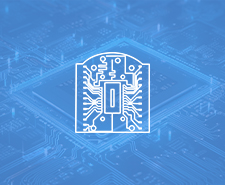


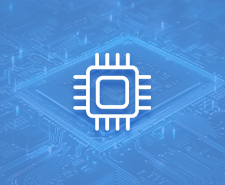

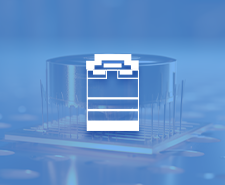
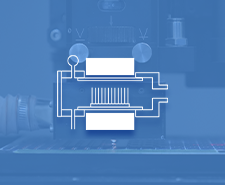
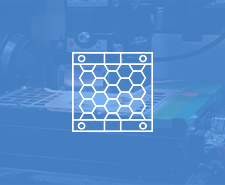
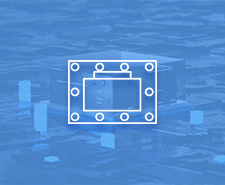


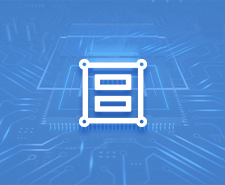
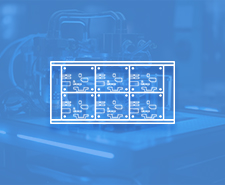


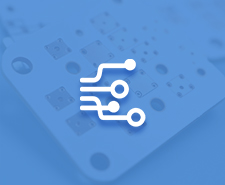
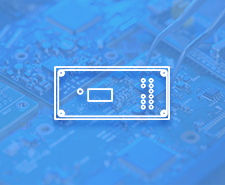
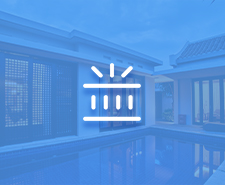

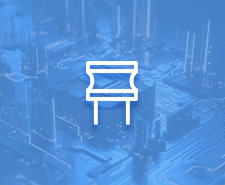
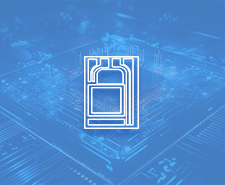

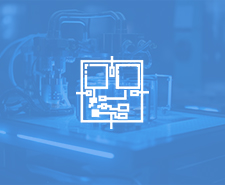

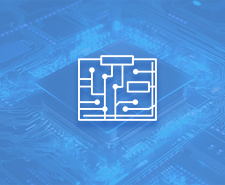


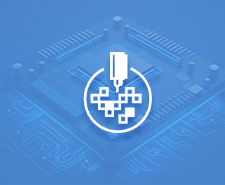
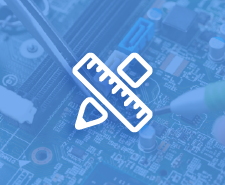
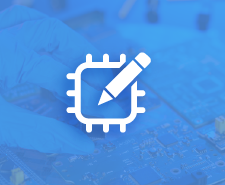


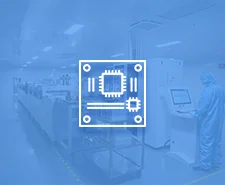
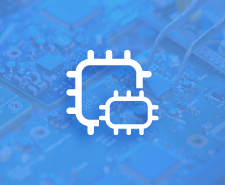
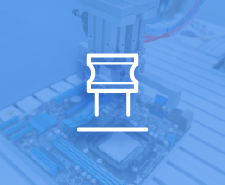

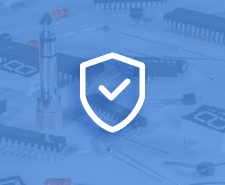

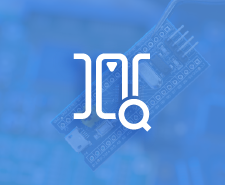
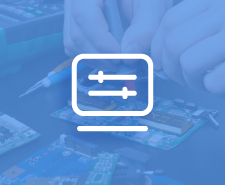

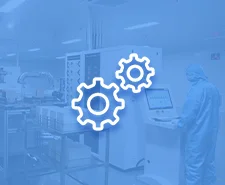
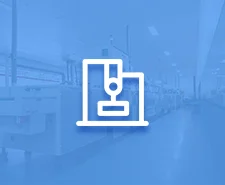
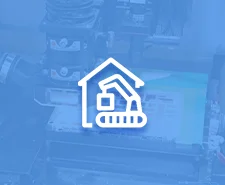
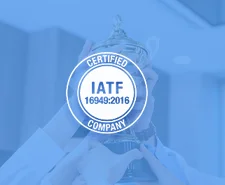
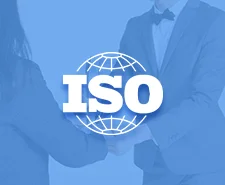
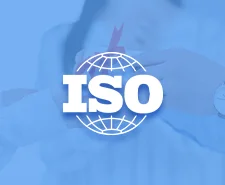





 HOME
HOME






